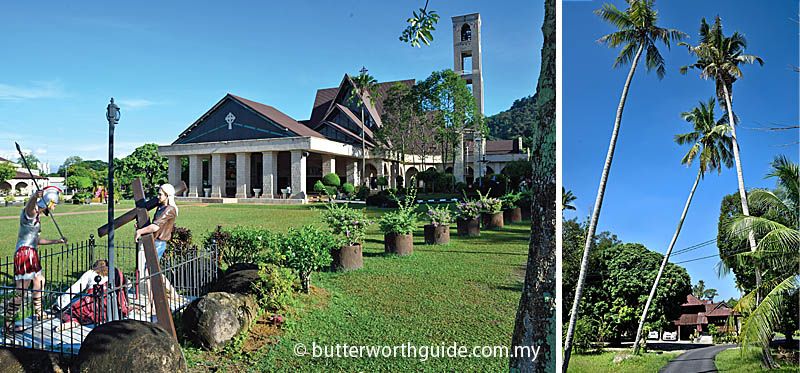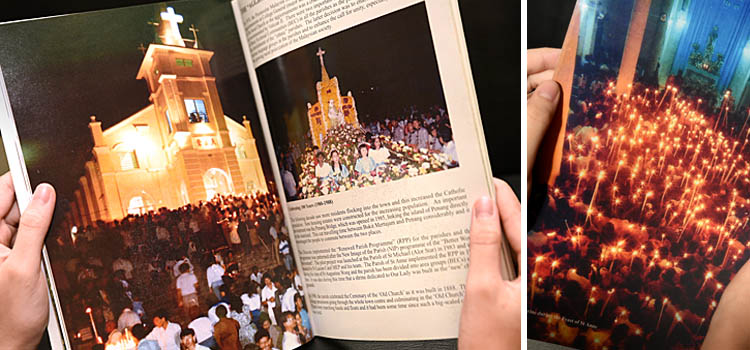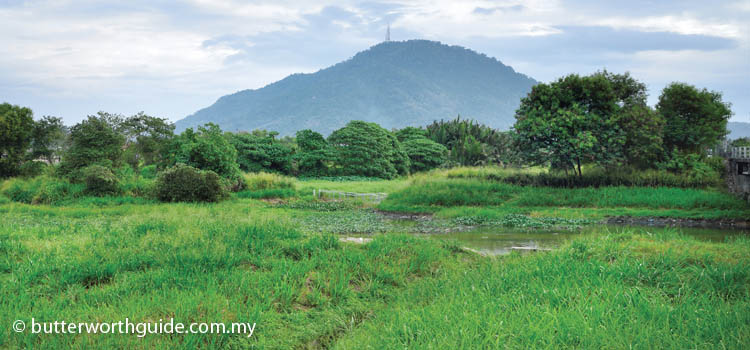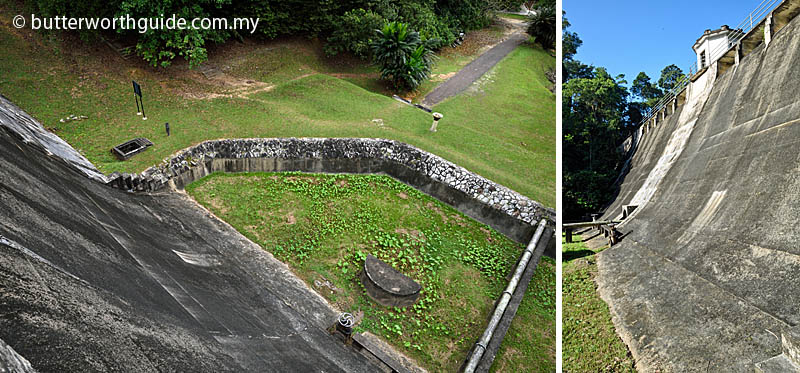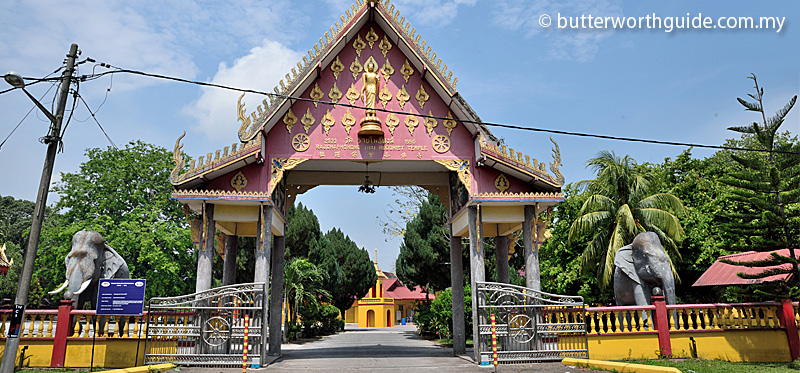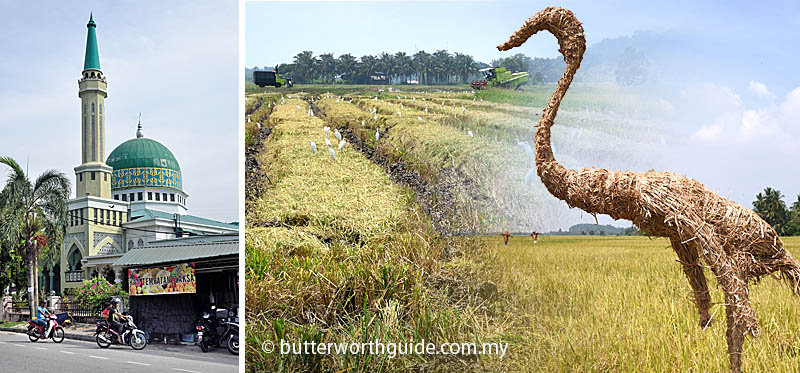Church of St Anne: monument to faith and enduring legacy
The humble legacy of 19th century French missionaries that has become among the greatest pilgrimage centres of the region.
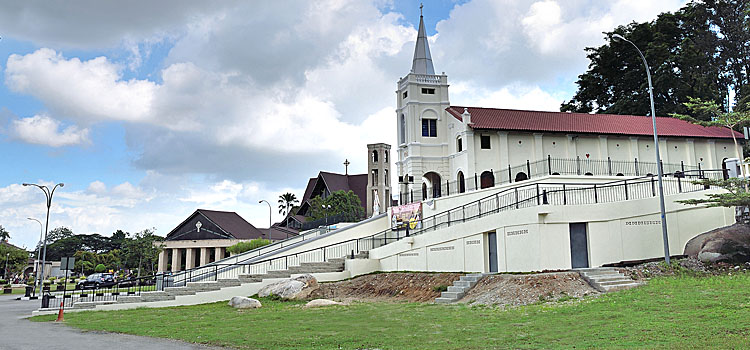
One of the most alluring landmarks of Bukit Mertajam is a little white church perched conspicuously on the side of a small hill, above a flight of stone steps seen afar from the road.
Continue Reading
The mysterious relic of Cherok To’kun
Where a strange communique from a distant era in history lives on silently in the present through the remnant of an ancient writing on a rock.
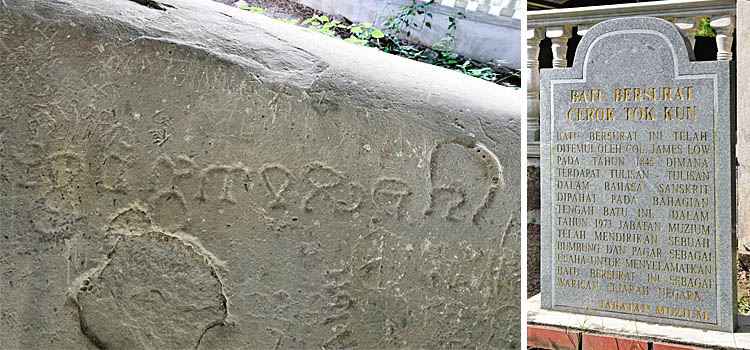
It is among the most ancient – if not the absolute oldest – written message from the past to still exist in Malaysia.
Lying unassumingly on the grounds of the St Anne’s Church in Bukit Mertajam, and screened from one’s sight along the main road by the grand new church building, is a boulder the size of a small lorry that bears the remnant of a mysterious inscription from centuries ago.
Continue Reading
Cherok To’ Kun’s healing village air
The ancient village with forgotten intrigues of the past today embodies the rural and natural charm of Bukit Mertajam.
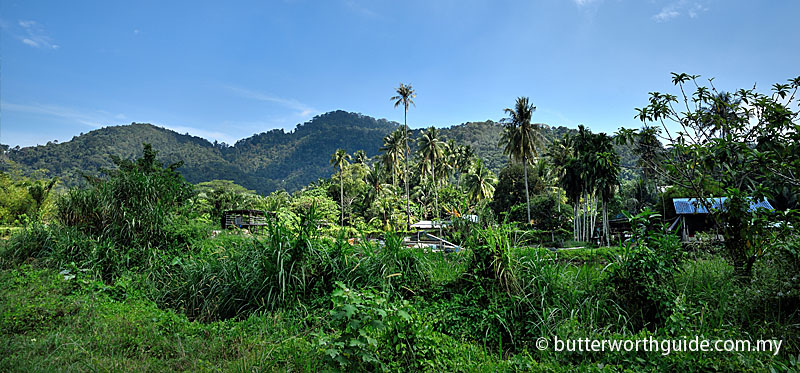
More than a century ago, there lived at the end of a rural path south of Bukit Mertajam town a highly respected elderly Siamese healer named Kun. Known for his medicinal and shamanistic abilities, Dato’ Kun or To’ Kun as he was called, was sought by many who made their way to his quiet alcove near a foothill for treatment of various ailments.
Continue Reading
Sungai Lembu: a ‘new village’ from the Malayan Emergency
A Chinese settlement teeming with history, intrigue and unspoilt natural charm
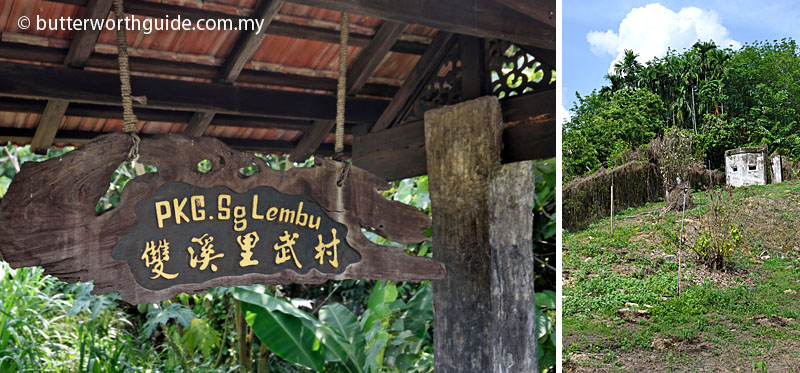
At the height of the Malayan Emergency following the conclusion of World War II, the British colonial administration created special settlements where various rural Chinese communities were relocated so that they could be monitored and prevented from interacting with the dreaded communist insurgents.
Continue Reading
The ‘Notre Dame’ of Pagar Tras
A haunting edifice of a forgotten French-Hakka story from the past
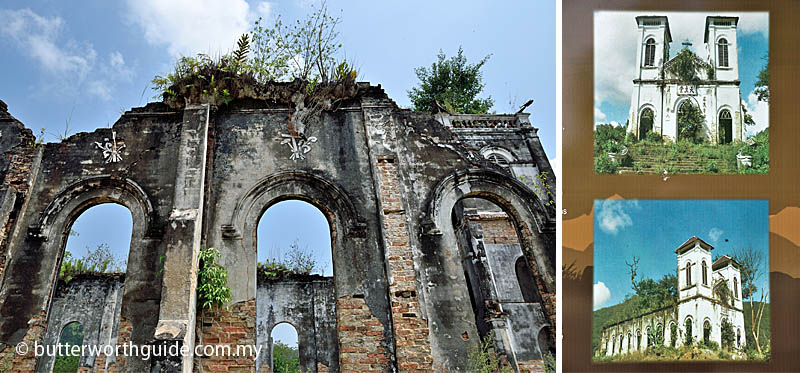
It is among the oldest and most remarkable buildings in Malaysia. Yet one can easily drive past the Church of the Sacred Heart of Jesus along the meandering Jalan Sungai Lembu near Bukit Mertajam without even noticing it. Built by French Catholic missionaries in 1882, its design was inspired by that of the famous Notre Dame Cathedral. Like the 800-year-old church in Paris acclaimed for its classical Gothic architecture, it had two bell towers and three decorated portals on its façade.
Continue Reading
The enduring Hock Teck Cheng Sin Temple
A Taoist institution that drove significant initiatives to uplift Bukit Mertajam’s Chinese society
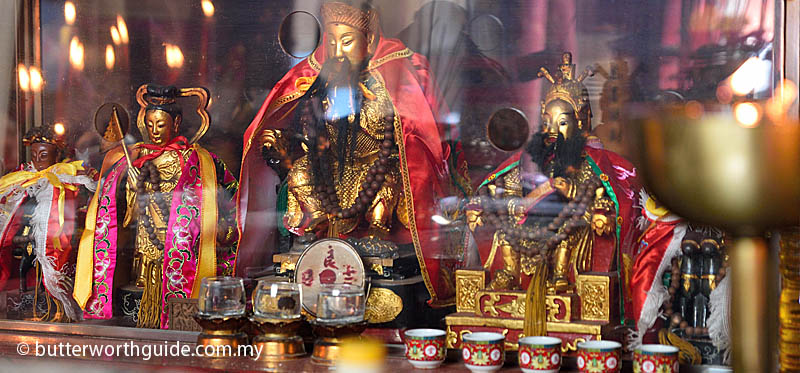
Few temples in Malaysia have exerted as much socio-cultural influence over a town’s community like the Hock Teck Cheng Sin has over the religious, economic and educational affairs of the Chinese in Bukit Mertajam. Despite its fairly small size, the Taoist temple has since its construction in 1886 commanded enormous respect among locals and was responsible for much development in the inner parts of the town. It owned significant parcels of land where it ventured to build infrastructure for the benefit of society. These included the Bukit Mertajam market which continues to this day, large tracts of cemeteries and the Jit Sin Chinese school which remains one of the foremost educational institutions in the country.
Continue Reading

